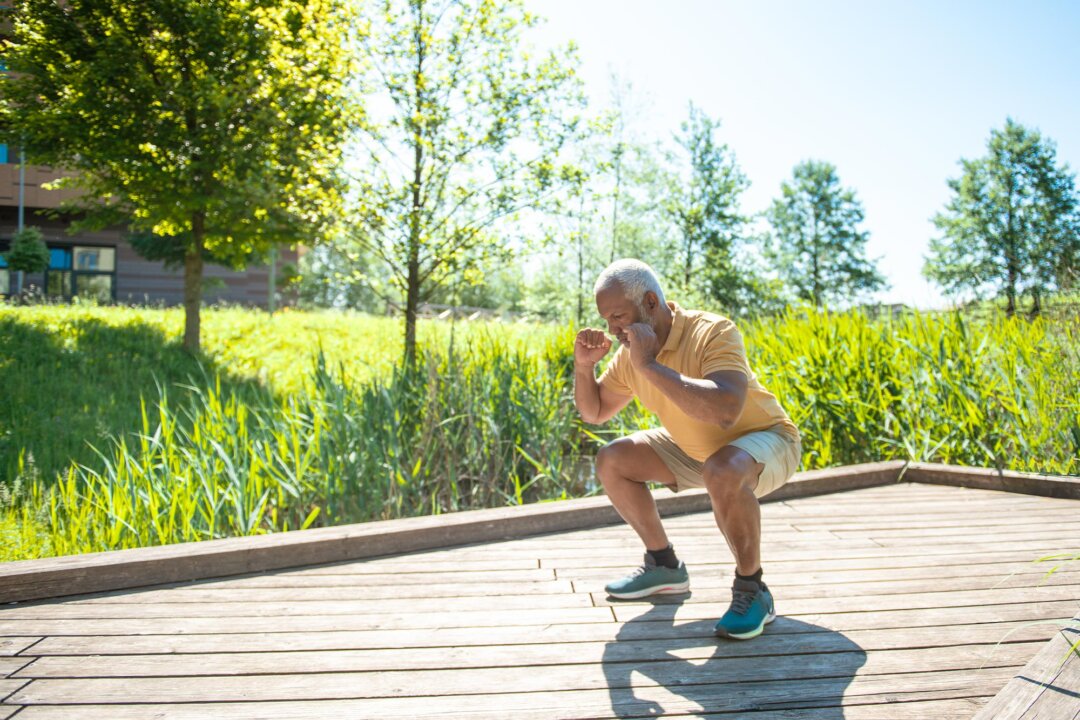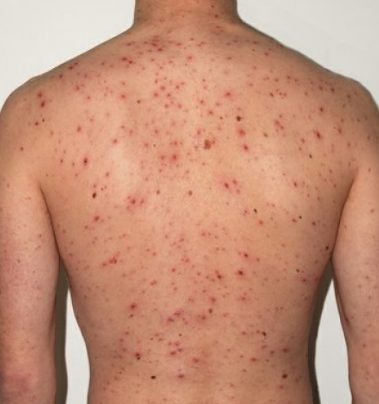The start of deer hunting season in the US—when firearms and ammunition are more available in certain states—is associated with increases in both hunting and non-hunting-related firearm incidents, including violent crime and suicide, finds a study published by The BMJ . While increases in hunting -related incidents are to be expected at this time, increases in non-hunting-related firearm incidents "indicate the potential general effect of greater firearm availability on different types of firearm incidents," say the researchers. The results suggest that efforts to promote firearm safety at the beginning of hunting season could help reduce hunting and non-hunting-related firearm incidents.
Increased rates of gun ownership have been associated with increased rates of firearm injuries, homicide, and suicide in the US. However, direct (causal) links between the availability of firearms in the community and firearm incidents are difficult to study. To obtain a clearer picture, the researchers measured rates of different firearm incidents during the opening of deer hunting season in 10 US states with the most hunting activity—Alabama, Indiana, Michigan, Minnesota, Missouri, New York, Ohio, Pennsylvania, Texas, and Wisconsin—when sales of firearms typically increase or guns are removed from secure storage areas.

Using the Gun Violence Archive (GVA), a publicly available database of gun violence incidents in the US, they compared the average weekly per capita rate of firearm incidents in a three-week period around the opening of deer hunting season with the three-week periods before and after the opening day (control periods) across these 10 states from 2016 to 2019, spanning 40 total state seasons. Seasons typically began between late October and early December, with most occurring in early to mid November. They defined nine firearm incident categories (hunting, suicide, involving alcohol or other substance, domestic violence, defensive use, home invasion or robbery, carry license related, child involved, and officer involved).
Compared with control periods before and after the opening period, the start of the hunting season was associated with a 12% relative increase in the rate of firearm incidents overall (an absolute change from 1.34 to 1.50 incidents per 10 million population).
As expected, season opening was associated with a large (566%) increase in hunting incidents compared with control periods. However, there were also increases in non-hunting-related incidents, including suicide (11%), incidents involving alcohol or other substances (88%), domestic violence (27%), defensive use (28%), home invasion or robbery (30%), and incidents related to firearm carry licenses (19%). There were no differences in incidents involving children or police officers.
The researchers acknowledge that these are observational findings, so no firm conclusions can be drawn about causality, and they can't rule out the possibility that other unmeasured factors may have influenced their results. Their analysis also relies on the assumption that the hunting season opener is not associated with other events that may increase the availability of firearms across the states and years studied, and they note that results may not apply in states with other types of hunting seasons. Nevertheless, they suggest that increased firearm availability around hunting season opening may lower barriers for firearms to be used in suicide attempts or against others, and might also be accompanied by increased interest in firearms and ammunition by non-hunters.
While further research is needed to establish precise possible causal pathways, they say "risk reduction efforts timed to coincide with hunting season onset might help curb hunting-related firearm injuries and those related to violent crime and suicide." More information: Firearm availability and firearm incidents: quasi-experimental analysis using start of US hunting seasons, The BMJ (2025). DOI: 10.
1136/bmj-2024-082324.
Health

Start of US hunting season linked to increased firearm incidents, including violent crimes and suicide

The start of deer hunting season in the US—when firearms and ammunition are more available in certain states—is associated with increases in both hunting and non-hunting-related firearm incidents, including violent crime and suicide, finds a study published by The BMJ.













